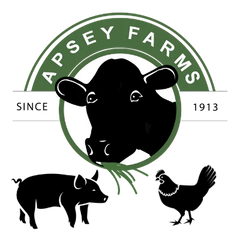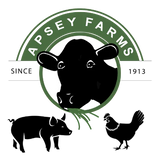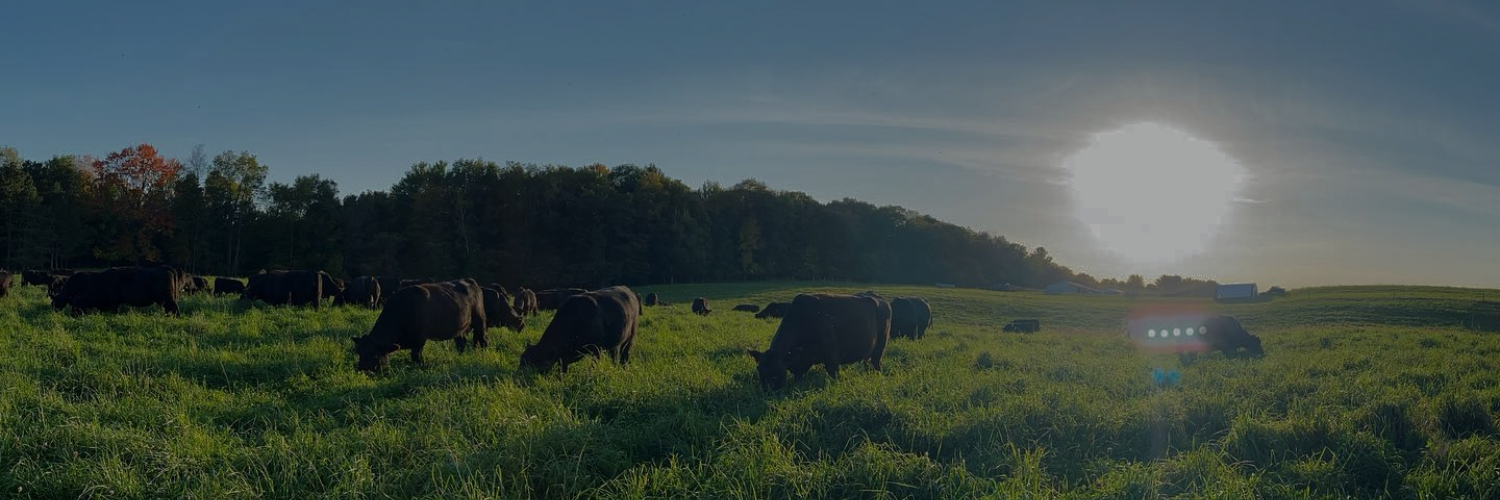
Why Regeneratively-Raised?
Shop NowRegenerative agriculture is a philosophy and approach to land management that asks us to think about how all aspects of agriculture are connected. The goal is to restore our ecosystems while producing food sustainably for generations to come.
Better for the animals. Better for the environment. Better for you!
Our farm and partner farms exemplify this philosophy. All of our beef is 100% grass-fed and finished. Our chicken and pork are supplemented with a corn and soy-free low-PUFA feed.
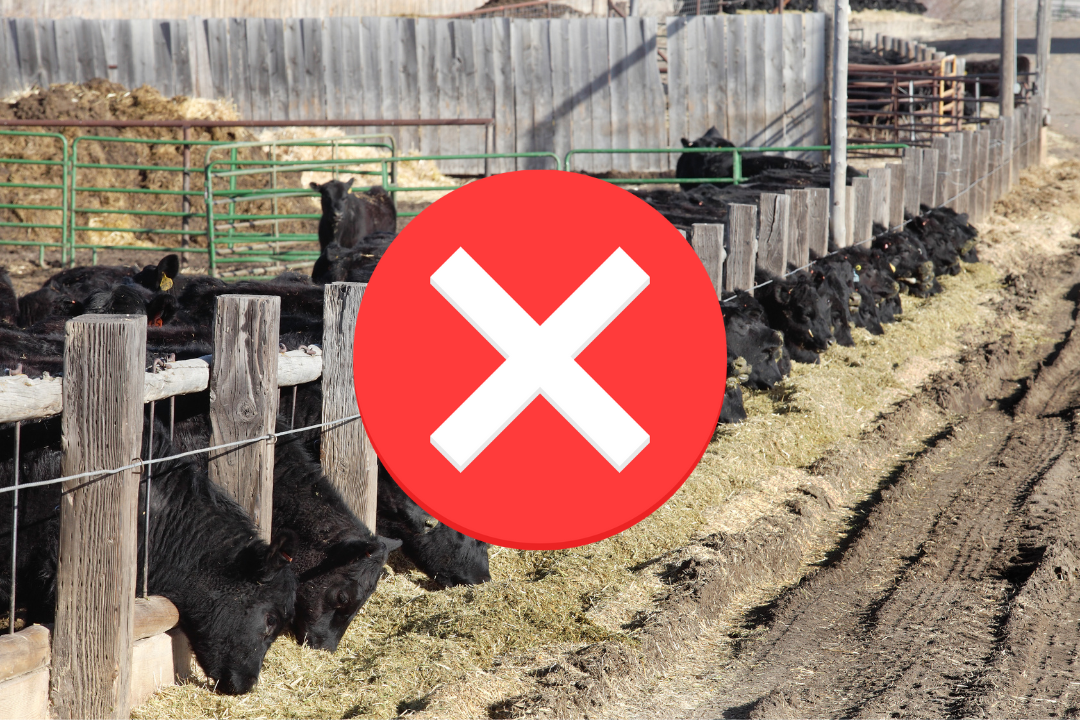
Conventional
- Packed into feedlots with little exercise
- Fed GMO grains
- Given vaccines, antibiotics, and hormones
Conventionally-raised livestock are stressed animals that fatten up quickly and become unnaturally obese creatures that would never exist in nature.
Our Livestock
- Fresh grass and air every day
- No corn, no soy, no GMOs
- No vaccines, no antibiotics, no added hormones
Our livestock are regeneratively-raised. They live low-stress lives where they are able to express natural, instinctive behaviors.
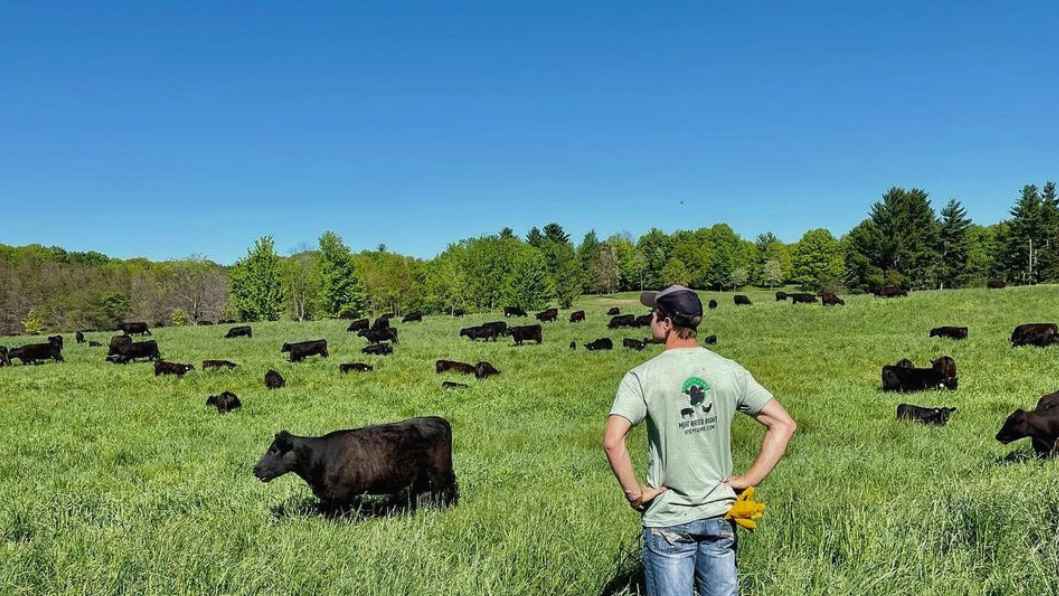

Regenerative Agriculture is... Better for the animals. Better for the environment. Better for you!
Human Health Benefits
- 1.5 X more conjugated linoleic acid (CLA) [1]
- 3 X more Vit B1 and two times more Vit B2 [2]
- 4 X more Vit E [3]
- 5 X more polyphenols4 & higher concentrations of other phytochemicals [5-8], which have strong anti-oxidative & anti-inflammatory effects [9]
- Higher glutathione (a potent intracellular antioxidant) content [10]
- More favorable fatty acid content [11]

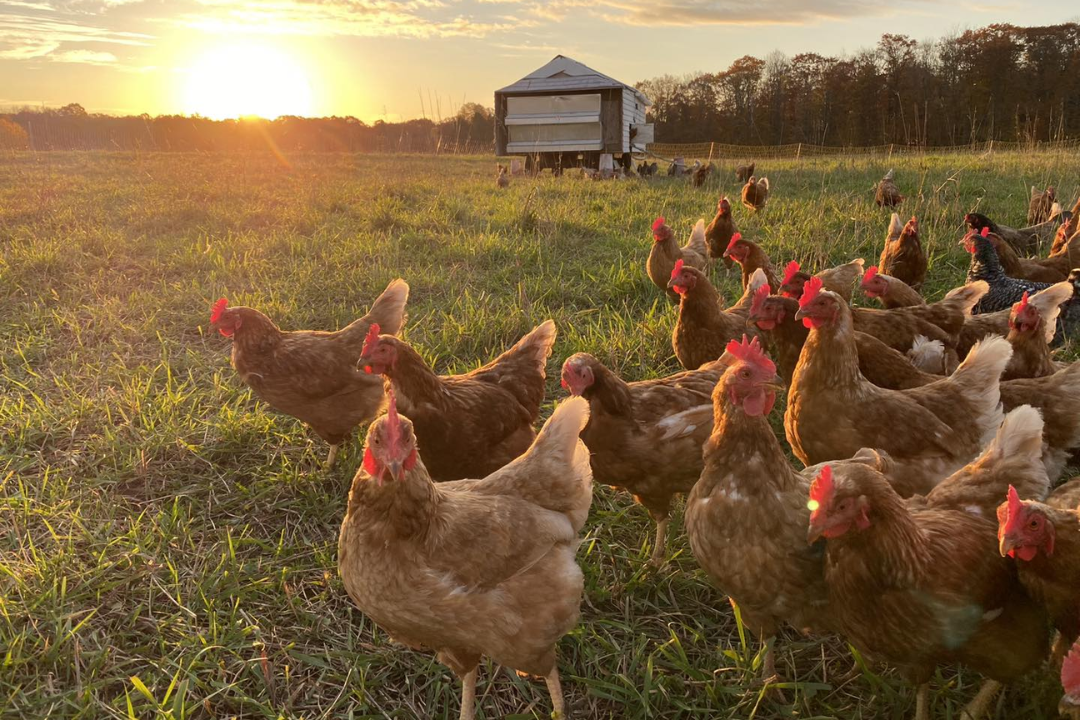
Animal Benefits
- Improved metabolic health [12]
- Reduced cortisol levels (less stress) [13]
- Treated humanely at all times
- Raised as nature intended, with fresh air, grass & water
- No antibiotics, no hormones
Environmental Benefits
- Improved plant diversity [15]
- Increased soil carbon levels [16-17]
- Improved ecosystem function [18-19]
- Improved retention & quality of fresh water systems [20]
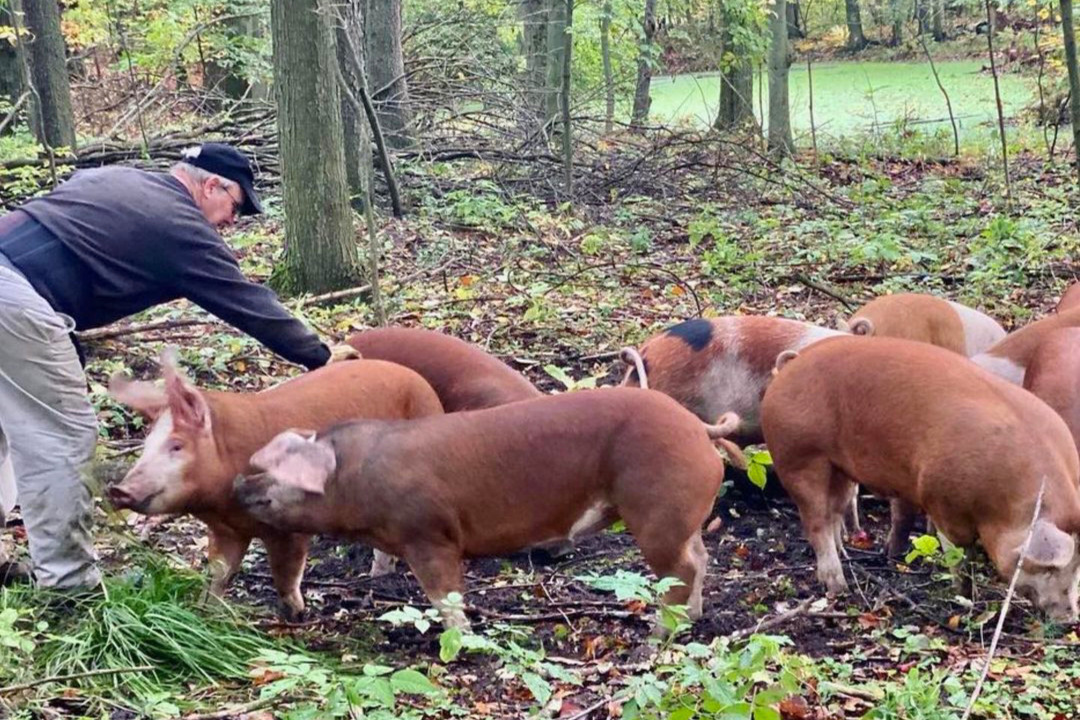

Regenerative Agriculture Could Be the Key to Reversing Climate Change
Sources
[1] Duckett, S. K., et al. (2009), J. Anim. Sci. [2] Smith, G. et al. (1996) Animal Feed Science and Technology. [3] Daley, C. A., et al. (2010) Nutr. J. [4] Dhiman, T. R.,et al. (1999) J. Dairy Sci. [5] Larick, D. K., et al. (1987) J. Food Sci. [6] Prache, S., et al. (2005) Small Rumin. [7] Carrillo, J. A., et al. (2016) Sci. [8] Nozière, P., et al. (2006) Anim. Feed Sci. Technol. [9] Dunne, P. G., et al. (2009) Meat Sci. [10] Zhang, H., et al. (2016) Curr. Opin. Food Sci. [11] Descalzo, A. M., et al. (2007) Meat Sci. [12] van Vliet, S., et al. (2021) Frontiers in Sustainable Food Systems. [13] Carrillo, J. A., et al. (2016) Sci. [14] American Association For The Advancement Of Science (2001) ScienceDaily. [15] Teague, W. (2018) J. Anim. Sci. [16] Allard, V., et al. (2007) Agric. Ecosyst. [17] Stanley, P. L., et al. (2018) Agric. Syst . [18] Krausman, P. R., et al. (2009) Rangelands. [19] Teague, R., et al. (2020) Front. Sustain. Food Sys. [20] Park, J.-Y., et al. (2017) Agric. Ecosyst. Environ.
